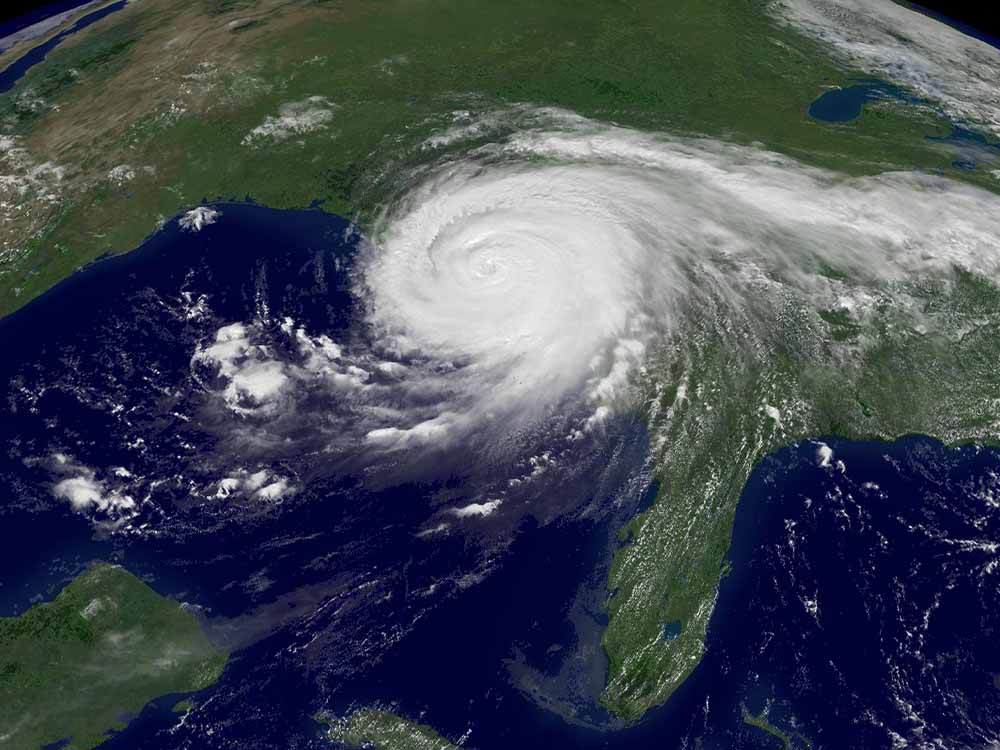Hurricane Katrina in 2005: A Catastrophic Natural Disaster and Its Aftermath
Hurricane Katrina, a Category 5 hurricane, struck the Gulf Coast of the United States in August 2005, leaving a trail of destruction and devastation in its wake. Let’s explore the events leading up to the hurricane, its impact on the affected regions, the response efforts, and the long-term consequences of this catastrophic natural disaster.
Genesis and Intensity of Hurricane Katrina
Hurricane Katrina originated as a tropical depression over the Bahamas on August 23, 2005. As it moved across the warm waters of the Gulf of Mexico, it rapidly intensified into a Category 5 hurricane with sustained winds of up to 175 mph (280 km/h). The storm’s immense size and strength posed a significant threat to the Gulf Coast states of Louisiana, Mississippi, and Alabama.
Landfall and Destruction
On August 29, 2005, Hurricane Katrina made landfall near Buras-Triumph, Louisiana, bringing with it a devastating storm surge and destructive winds. The storm surge, reaching heights of up to 28 feet (8.5 meters) in some areas, overwhelmed levees and floodwalls, leading to catastrophic flooding in New Orleans and surrounding areas. Entire neighborhoods were submerged, homes were destroyed, and critical infrastructure was severely damaged.
Human Toll and Rescue Efforts
The impact of Hurricane Katrina was felt most acutely by the residents of the affected areas, many of whom were unable to evacuate before the storm struck. Tens of thousands of people sought refuge in shelters, while others were stranded on rooftops and in flooded homes, awaiting rescue. The response to the disaster was hampered by logistical challenges and delays, as overwhelmed emergency services struggled to reach those in need amidst the widespread destruction and chaos.
Recovery and Rebuilding Efforts
In the aftermath of Hurricane Katrina, the focus shifted to recovery and rebuilding efforts, as communities grappled with the monumental task of rebuilding their lives and infrastructure. Federal, state, and local authorities mobilized resources to provide emergency assistance, restore essential services, and facilitate the return of displaced residents. Nonprofit organizations, volunteers, and charitable donations played a crucial role in supporting the recovery process and helping communities rebuild stronger and more resilient than before.
In summary, Hurricane Katrina in 2005 was a catastrophic natural disaster that left a lasting impact on the Gulf Coast region. The storm’s immense destructive power, coupled with failures in infrastructure and emergency response systems, resulted in widespread devastation and loss of life. However, the resilience and strength of affected communities, combined with the efforts of government agencies, nonprofit organizations, and volunteers, have helped the region recover and rebuild in the years since the disaster.











